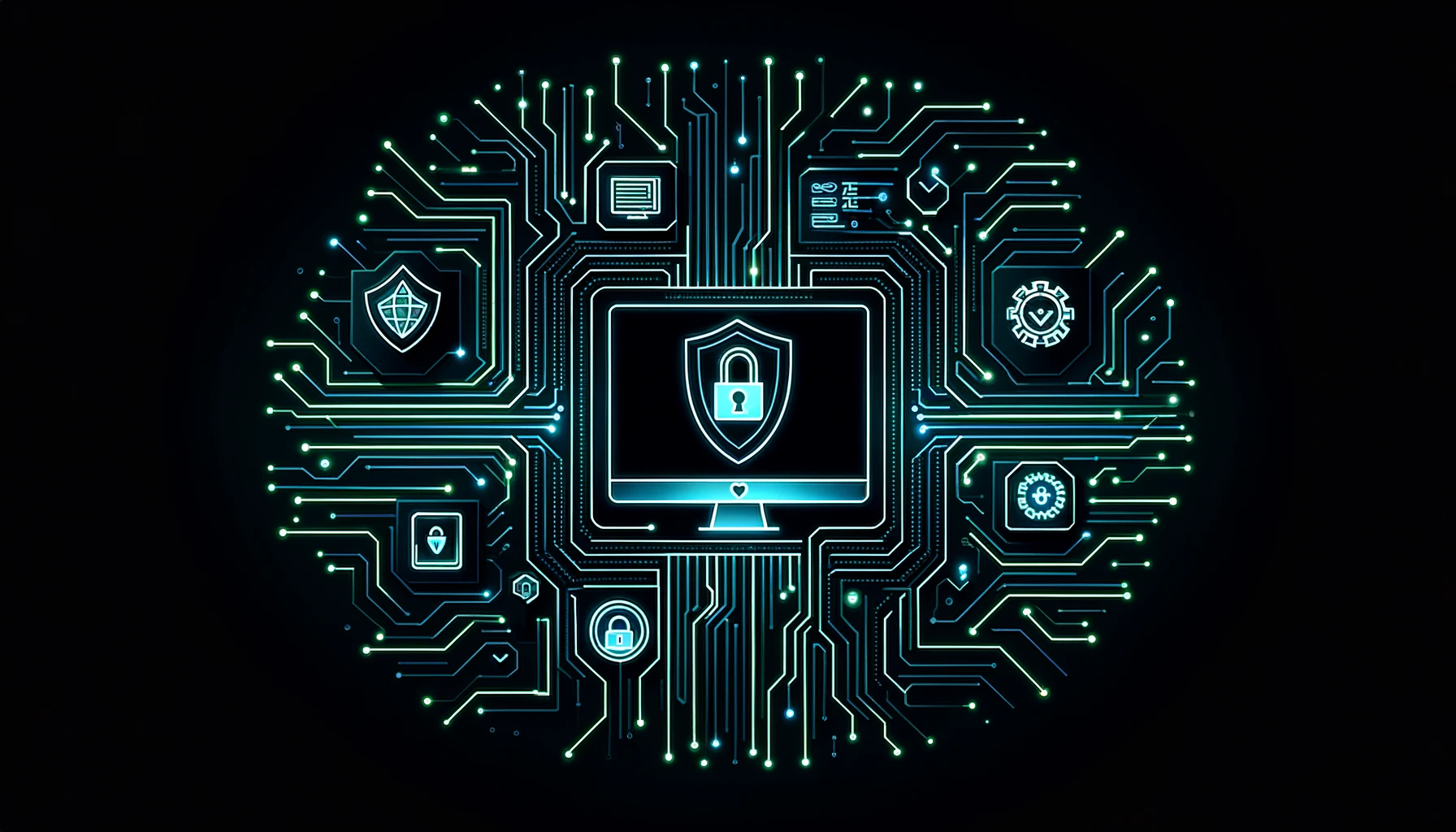Multi-factor Authentication (MFA)
Multi-factor Authentication (MFA)
Multi-Factor Authentication (MFA) is a security method that requires you to use two or more ways to prove your identity before accessing a system. It makes security stronger by combining different types of verification, like passwords, physical tokens, or biometrics (like fingerprints). This extra layer means that even if one of the factors, like a password, gets stolen, it's still hard for someone to get in without the others.
Using MFA is really important for companies today, especially in industries like finance, healthcare, and critical infrastructure, where sensitive information is involved. If you're thinking about IT security solutions, check out our penetration testing services to find weak spots and see how MFA can further protect against potential vulnerabilities.
Key Points
- MFA helps protect accounts by adding multiple verification steps.
- Verification factors include something you know (like a password), something you have (like a security key), and something you are (like a fingerprint).
- More companies are using MFA, with about 79% now using it in some way.
- MFA can stop 99.9% of phishing attacks, especially when using hardware keys or biometrics.
- MFA is key in Zero Trust security, which helps companies protect remote and cloud access.
Related Terms
Common MFA Methods
Here are some common ways MFA is used to keep accounts safe:
- SMS/Email OTP: You get a one-time code sent to your phone or email to verify who you are.
- Push Notifications: You get a prompt on your phone to approve a login.
- Security Tokens: Physical tokens, like YubiKeys, that you plug into your computer to verify identity.
- Biometric Authentication: Things like scanning fingerprints or using Apple Face ID.
For more on securing cloud systems, take a look at our cloud security blog post.
Why is MFA Important?
Multi-Factor Authentication is really important today because of the rise in stolen credentials and phishing attacks. Here are some reasons why MFA is critical:
1. Prevents Account Takeover
MFA helps stop account takeovers by needing extra factors, even if a password gets stolen. According to Verizon's 2023 Data Breach Report, 61% of breaches involved stolen credentials. MFA can prevent attackers from getting in unless they have all the needed verification factors.
2. Stops Phishing Attacks
Phishing attacks often try to steal user passwords. Adding extra steps with phishing-resistant MFA methods, like FIDO2 hardware tokens, helps stop these attacks, even if the password is stolen.
To learn more about phishing, see our blog on ChatGPT-generated phishing.
3. Improves Cloud Security
With 83% of cloud data breaches related to access, according to Ermetic’s State of Cloud Security, MFA adds a strong layer of security, especially for accessing cloud environments. Companies need MFA to secure cloud applications and systems.
If you want to learn more about cloud security, check out our Cloud Security Guide.
Best Practices for MFA Implementation
1. Use Phishing-Resistant Methods
Use phishing-resistant MFA methods, like hardware tokens (YubiKeys) or biometric authentication, instead of SMS-based codes, which can be attacked with SIM-swap scams.
2. Combine MFA with Zero Trust
Make MFA part of a Zero Trust security model, where all users and devices must keep verifying themselves. Zero Trust keeps things safe not just at login but throughout the user's session.
3. Train Employees on MFA
Getting users on board is key to successful MFA. Training employees on how and why to use MFA can make it easier for them to accept and use it well. For more tips, see our Cybersecurity Awareness Training.
Challenges of MFA
While MFA is very secure, it has some challenges:
- User Friction: MFA adds steps, which can be annoying, especially when logging into multiple accounts often. Consider using single sign-on (SSO) to reduce the number of login prompts users face.
- Integration Problems: Some older applications may not work well with new MFA systems, but newer solutions like Duo MFA offer better compatibility and user experience.
- Cost: Setting up MFA, especially using things like biometric scanners or hardware tokens, can be expensive, especially for larger companies.
FAQ
MFA provides an additional layer of security that helps minimize the risks of password theft and other forms of identity theft.
Common methods include SMS-based codes, authentication apps, biometric scans, and physical tokens.
Although MFA requires an additional step, many systems are designed to balance usability and security.




































